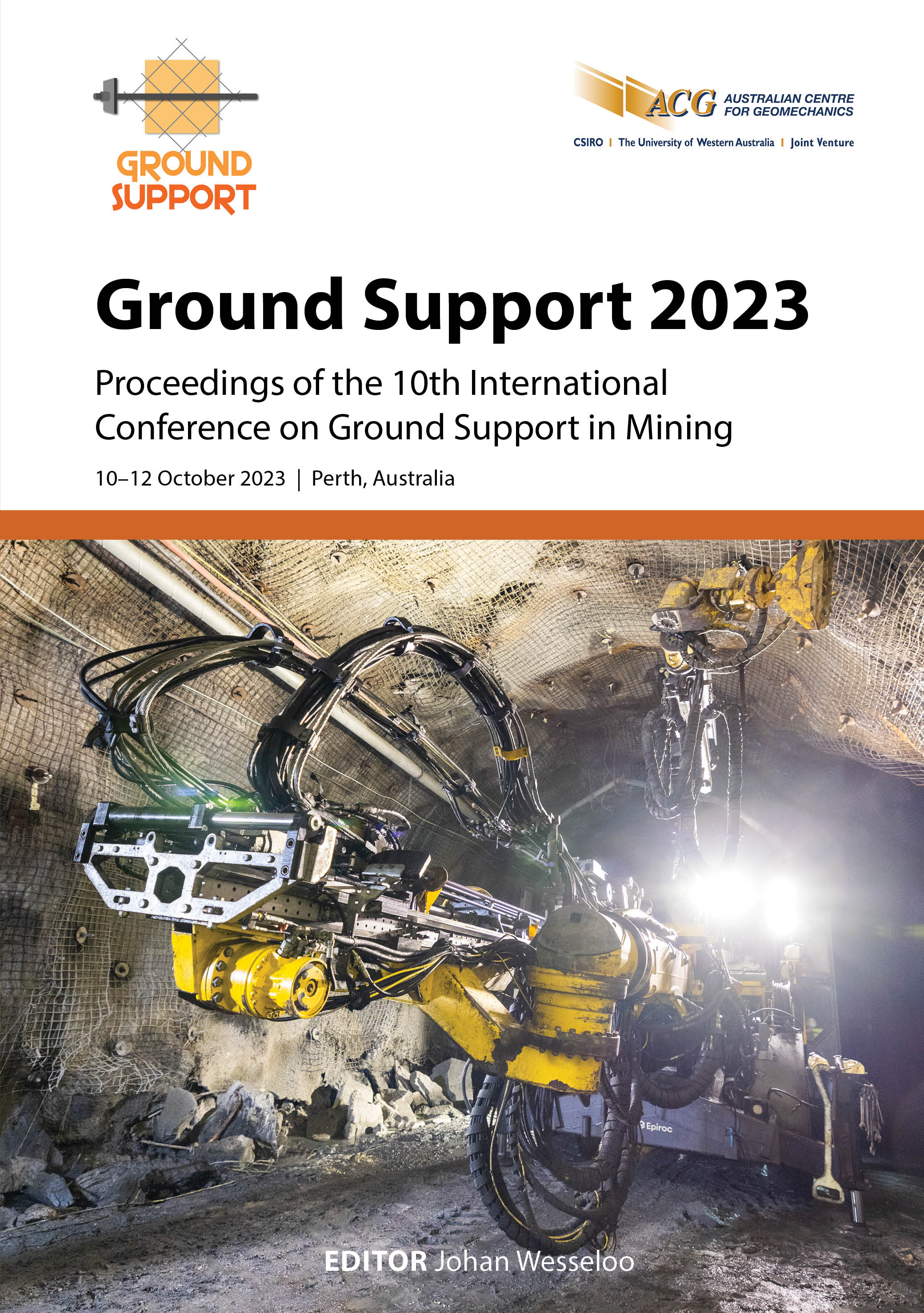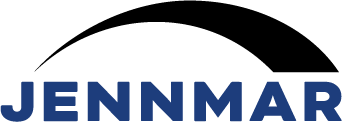Vuggy and cavernous rock mass conditions: implications for the early detection, management, ground support and development of tunnels

|
Authors: Parrott, TT; Montaldi, L; Muir, S; Gibb, J |
DOI https://doi.org/10.36487/ACG_repo/2325_37
Cite As:
Parrott, TT, Montaldi, L, Muir, S & Gibb, J 2023, 'Vuggy and cavernous rock mass conditions: implications for the early detection, management, ground support and development of tunnels', in J Wesseloo (ed.), Ground Support 2023: Proceedings of the 10th International Conference on Ground Support in Mining, Australian Centre for Geomechanics, Perth, pp. 547-556, https://doi.org/10.36487/ACG_repo/2325_37
Abstract:
Development and mining production activities in and around existing or historical mining voids routinely occurs in underground mining practices when the nature and location of the void is well understood. However on rare occasions, mining operations can be faced with naturally occurring vuggs or voids within rock masses which are large enough to present significant development, safety and productivity issues. The Regis Resources-owned Garden Well South underground mine operation first encountered large, naturally occurring cavities or voids in March 2022, and this impacted on the development and therefore the mining schedule. The voids could range up to several metres in width and height, and were often cylindrical in shape and up to 20 m in length. Furthermore, the presence of water was also a feature requiring significant effort to manage through dewatering activities. The cavities and voids are partly coincident with the Garden Well South orebody. This triggered the development of a framework of management plans and development and mining practices for the successful return to productive mining activities. Development and ground support practices were adapted to allow the safe and successful resumption of mining. Garden Well is part of the Duketon South Gold Operation, and is located near Laverton, Western Australia. The Garden Well South underground mine commenced underground construction in 2021, and declared commercial production in Q4 FY‘23 following several years of open pit mining. The cavities encountered were large and frequent enough to cause delays resulting in loss of development productivity, raise implications for development drive stability, and ultimately impact on the drilling and blasting of stopes. Significant adaptation of ground support and development practices were undertaken to ensure that the resumption of mining could occur in a safe and efficient manner. This has included detailed evaluation of the presence of vuggs, determining the load-demand requirements of the rock mass when voids were present, and trialling and ultimately adopting appropriate surface support and reinforcement practices accordingly. Furthermore, in order to create a safe system of work, the mine embarked upon developing a void management plan for the overall centralising of documents and procedures developed for managing interactions with voids and cavities, and to articulate actions, timing, and roles and responsibilities in order to be effective. The early strategies for the detection and management of naturally occurring voids zone included a trigger action response plan document for immediate and tactical management of voids in development, close engagement with the mine geological team to develop a vugg/void model, contractor engagement to gather input into strategies and gain confidence in the management plan, and modification of development and ground control practices, to name a few. This paper describes the processes followed to ensure that a safe and effective resumption of mining activities could occur at the Garden Well underground mine with a specific focus on surface support and reinforcement practices for securing development in vuggy and void-affected rock masses.
Keywords: vugg, void, void management plan
References:
Montaldi, L 2023, Regis Resources Garden Well South Ground Control Management Plan, internal document,
Parrott, T 2022, Regis Resources Garden Well South Vugg Void Management Plan, internal document.
© Copyright 2025, Australian Centre for Geomechanics (ACG), The University of Western Australia. All rights reserved.
View copyright/legal information
Please direct any queries or error reports to repository-acg@uwa.edu.au
View copyright/legal information
Please direct any queries or error reports to repository-acg@uwa.edu.au
